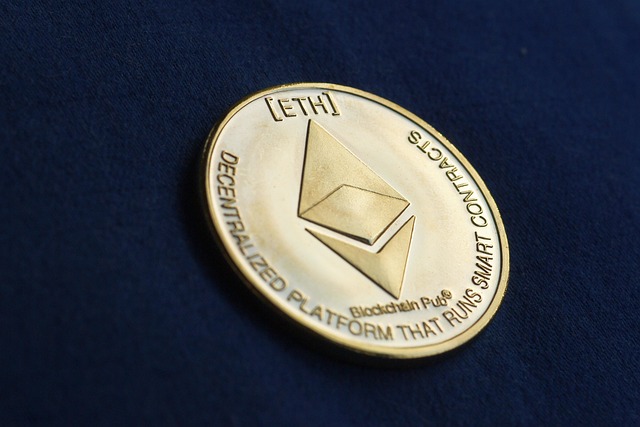NFTs, or non-fungible tokens, are assets tokenized using blockchain technology. They have unique identification codes and metadata that separate them from other crypto tokens. They can be traded for fiat money, crypto tokens, or other NFTs. They represent ownership of unique pieces of content like digital art, film, or music.
We are witnessing a significant shift in the art world due to the emergence of the Ethereum blockchain. Today, artists, collectors, and other art institutions are adopting NFTs and Ethereum at a rapid pace, making a significant impact on the art world.
NFTs and Ethereum
Ethereum has a secure network and architecture, attracting many creators, which has resulted in hundreds of NFT projects on its blockchain. These projects also take advantage of the large and growing market within the Ethereum ecosystem.
Ethereum also leads the market in terms of DeFi products and applications. However, there are challenges, such as high volume causing large transaction backlogs, resulting in large transaction fees. OpenSea and Rarible are some of the most popular Ethereum NFT Marketplaces.
Digital art on the blockchain
Ethereum and NFTs have been vital for the development of digital art. Previously, digital art was perceived as inferior to traditional art such as sculptures and paintings. NFTs have changed this perspective and given a sense of worth and legitimacy to digital art. Previously, only a select few could afford to purchase art collections, but NFTs and Ethereum have democratized art ownership. They have made the art transaction process more transparent.
Buyers and sellers can instantly confirm ownership of the artwork as NFTs are recorded on the blockchain, reducing the risk of counterfeiting or other fraud. Artists have also found new sources of income through NFTs and the Ethereum blockchain. In the past, artists used to receive a one-time payment and had no choice in how their art was utilized. NFTs have enabled artists to keep control over their work and profits from each sale.
NFT marketplaces on Ethereum
OpenSea is one of the most popular NFT marketplaces on Ethereum. It is a user-friendly and easy-to-use NFT platform. You can quickly create an account for free and surf through a large selection of NFTs. It also has a good set of tools to produce unique NFTs, known as minting. It has a feature known as lazy minting that reduces gas fees for each NFT transaction.
Rarible is another notable NFT marketplace on Ethereum and was established in 2019. It serves both as an NFT marketplace and a digital art gallery. NFT creators and owners can display their collections on this platform, available for sale to interested parties. You can also own its native token, RARI, to vote on proposals, manage authors, and select highlighted artwork.
Conclusion
NFTs and Ethereum have transformed how we perceive digital art and have transformed the art world. They have empowered artists by giving them control over their work and new avenues of income. They have contributed significantly to the art world, but many people are still not aware of them and their potential applications. There is a need to educate people, especially digital art creators, about the advantages of NFTs and the Ethereum blockchain.
The popularity of NFTs on Ethereum has a downside: large NFT transactions can clog the Ethereum network, resulting in high gas fees. Ethereum has rolled out network updates to solve this issue and is taking steps to process more NFT transactions. These steps are vital in preserving its status as the king of NFTs as rival networks such as Solana are gaining ground in NFT transactions and adoption.
Trade ETH to INR with ZebPay India’s largest crypto exchange.
Disclaimer: Crypto products and NFTs are unregulated and can be highly risky. There may be no regulatory recourse for any loss from such transactions. Each investor must do his/her own research or seek independent advice if necessary before initiating any transactions in crypto products and NFTs. The views, thoughts, and opinions expressed in the article belong solely to the author, and not to ZebPay or the author’s employer or other groups or individuals. ZebPay shall not be held liable for any acts or omissions, or losses incurred by the investors. ZebPay has not received any compensation in cash or kind for the above article and the article is provided “as is”, with no guarantee of completeness, accuracy, timeliness or of the results obtained from the use of this information.







